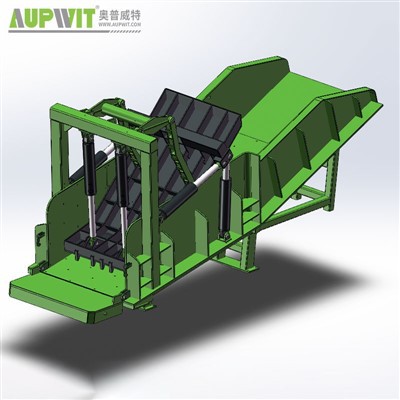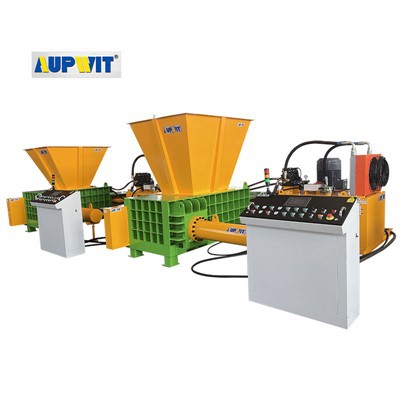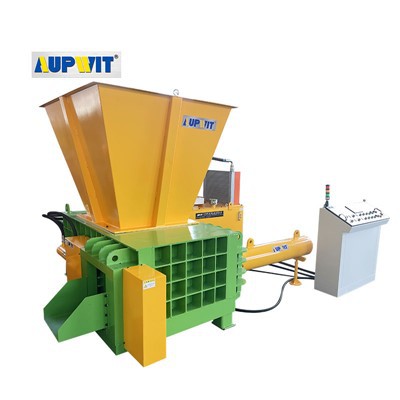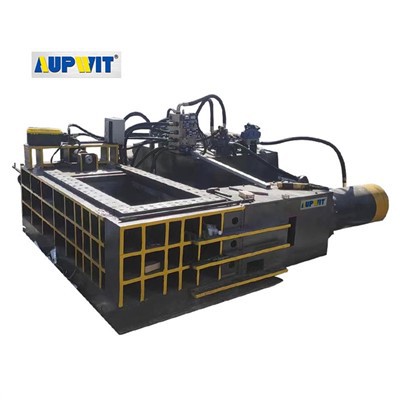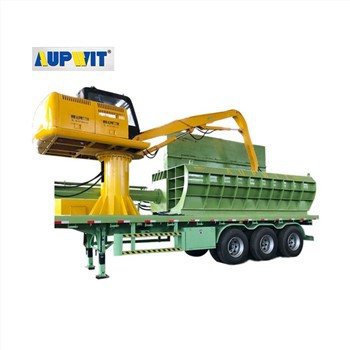Machine Noise Reduction Strategies
1. Optimize Machine Maintenance and Condition
- Perform regular maintenance to reduce noise from worn components
- Ensure blades are sharp and properly aligned to minimize friction
- Lubricate all moving parts with high-quality lubricants
- Tighten loose bolts and fasteners to prevent vibration amplification
- Replace worn bushings or springs in the ram/linkage system
2. Upgrade Noise-Reducing Components
- Install vibration-absorbing pads under the machine base
- Replace metal guards with acoustic enclosures made of sound-absorbing materials
- Add mufflers to pressure relief valves on hydraulic machines
- Consider retrofitting with low-noise hydraulic pumps or motors
3. Adjust Cutting Parameters and Techniques
- Reduce cutting speed for thicker materials
- Optimize blade gap to 5-10% of material thickness
- Avoid cutting stacked sheets when possible
- For large sheets, use a two-step cutting process
4. Implement Workplace Acoustic Treatments
- Line walls/ceilings with sound-absorbing panels
- Install sound barriers or partitions around the machine
- Use rubber or cork flooring to absorb vibrations
- Position machine away from hard, reflective surfaces
5. Use Personal Protective Equipment (PPE)
- Provide certified hearing protection (earmuffs/earplugs)
- Ensure PPE has adequate Noise Reduction Rating (NRR)
- Implement a hearing conservation program
- Conduct regular PPE inspections and replacements
6. Establish Operational Protocols
- Schedule noisy operations during off-peak hours
- Rotate workers to limit individual exposure
- Mark noise zones with warning signs
- Conduct regular noise assessments for compliance


